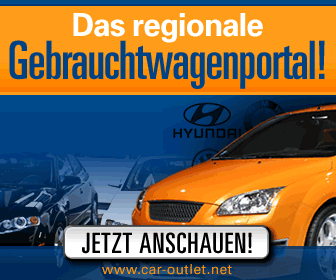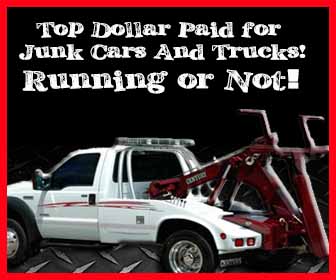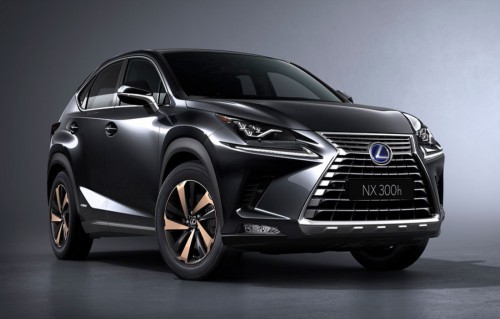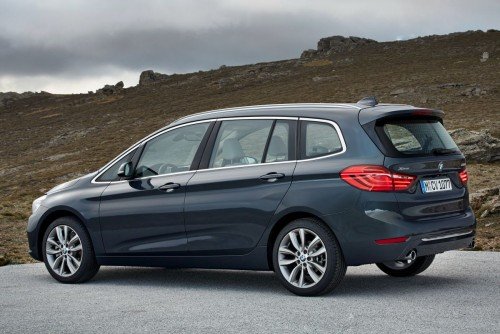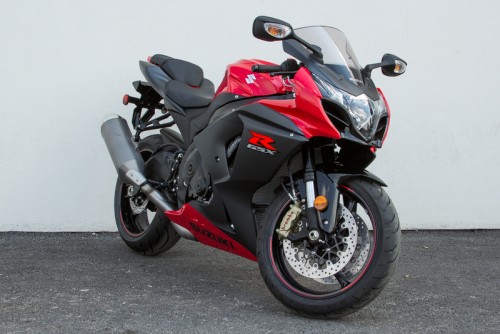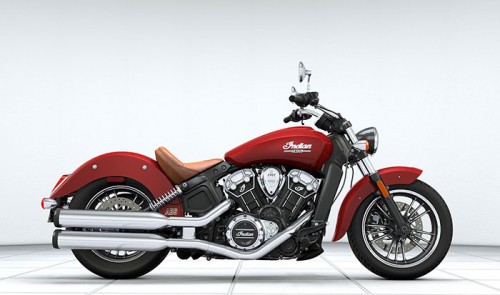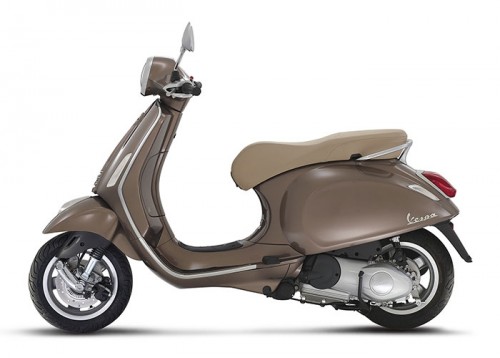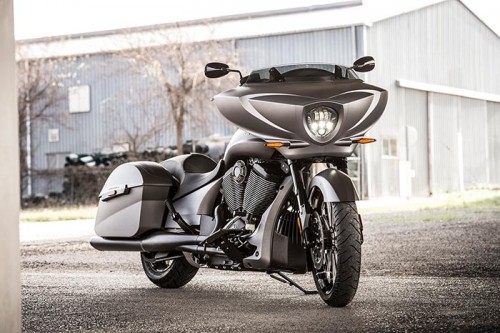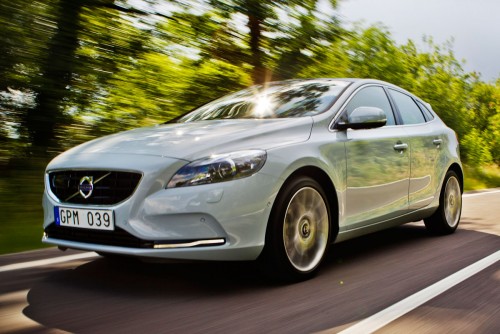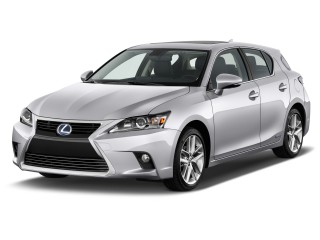About Opel
History
The company was founded in Rsselsheim, Hesse, Germany, on January 21, 1862, by Adam Opel. At the beginning, Opel just produced sewing machines in a cowshed in Rsselsheim. Above all, his success was based on his perfectly customized sewing machines. Because of the quick growth of his business, in 1888 the production was relocated from the cowshed to a more spacious building in Rsselsheim. Encouraged by success, Adam Opel launched a new product in 1886: He began to sell high-wheel bicycles, also known as penny-farthings. Besides, Opel's two sons participated in high-wheel bicycle races and thus promoted this means of transportation. Therefore, the production of high-wheel bicycles soon exceeded the production of sewing machines. At the time of Opel's death in 1895, he was the leader in both markets.
The first cars were produced in 1899 after Opel's sons entered into a partnership with Friedrich Lutzmann, a locksmith at the court in Dessau in Saxony-Anhalt, who had been working on automobile designs for some time.These cars were not very successful and so the partnership was dissolved after two years, following which Opel's sons signed a licensing agreement in 1901 with the French Automobiles Darracq S.A. to manufacture vehicles under the brand name "Opel Darracq". These cars were made up of Opel bodies mounted on a Darracq chassis, powered by a two-cylinder engine.
The company first showed cars of its own design at the 1902 Hamburg Motor Show, and started manufacturing them in 1906, with Opel Darracq production being discontinued in 1907.
1920–1939
In the early 1920s, Opel became the first German car manufacturer to incorporate a mass production assembly line in the building of their automobiles. In 1924, they used their assembly line to produce a new open two-seater called the "Laubfrosch". The Laubfrosch was finished exclusively in green lacquer. The car sold for an expensive 4,500 marks (expensive considering the less expensive manufacturing process) but by the 1930s this type of vehicle would cost a mere 1,990 marks – due in part to the assembly line, but also due to the skyrocketing demand for cars. Adam Opel led the way for motorized transportation to become not just a means for the rich, but a reliable way for people of all classes to travel.
Opel had a 37.5% market share in Germany and was also the country's largest automobile exporter in 1928. The "Regent" – Opel's first eight-cylinder car – was offered. The RAK 1 and RAK 2 rocket-propelled cars made sensational record-breaking runs.
In March 1929, General Motors (GM), impressed by Opel's modern production facilities, bought 80% of the company, increasing this to 100% in 1931. The Opel family gained $33.3 million from the transaction. Subsequently, during 1935, a second factory was built at Brandenburg for the production of "Blitz" light trucks.
1935 was the year in which Opel became the first German car manufacturer to produce over 100,000 vehicles a year. This was based on the popular Opel "P4" model. The selling price was a mere 1,650 marks and the car had a 23 hp (17 kW) 1.1 L four-cylinder engine and a top speed of 85 km/h (53 mph).
Opel also produced the first mass-production vehicle with a self-supporting ("unibody") all steel body. They called the car, launched in 1935, the Olympia. With its small weight and aerodynamics came an improvement in both performance and fuel consumption. Opel receives a patent which is considered one of the most important innovations in automotive history.
The 1930s was a decade of growth, and by 1937, with 130,267 cars produced, Opel's Rsselsheim plant was Europe's top car plant in terms of output, while ranking seventh worldwide.
Company
pel operates 11 vehicle, powertrain, and component plants and four development and test centers in seven countries, and employs around 35,000 people in Europe. The brand sells vehicles in more than 50 markets worldwide. Other plants are in Bochum, Eisenach, and Kaiserslautern, Germany; Vienna/Aspern, Austria; Szentgotthrd, Hungary; Zaragoza, Spain; Gliwice, and Tychy, Poland; Ellesmere Port, and Luton, UK. The Dudenhofen Test Center is located near the companys' headquarters and is responsible for all technical testing and vehicle validations.
Around 6,250 people are responsible for the engineering and design of Opel/Vauxhall vehicles at the International Technical Development Center (ITDC) and European Design Center in Rsselsheim. All in all, Opel plays an important role in the global GM corporate group. The company was responsible for primary engineering of the Epsilon (I) platform, Epsilon II platform, Delta (I) platform, Delta (II) platform, Gamma platform and played an important role in the development of especially the higher-end, more-refined version of the Gamma II platform. General Motors new global platform D2xx is being mainly engineered by Opel as well.
So Opel is in most cases fully responsible for all the car architectures and technologies up to the Opel Insignia/Buick Regal. In particular, all the future-oriented, modern, full-efficient GM architectures for compact vehicles are developed by Opel.
Even the idea and concept behind the Ampera was rooted in Opel with Frank Weber, the former "Global Vehicle Line Executive and Global Chief Engineer electric vehicle development," being originally an Opel employee who was moved to the USA in order to advance the development of this concept in GM's home country instead of the German outpost that is Opel. In 2009 Weber returned during the reorganization of the Opel leadership to Adam Opel GmbH as "Vice President Planning and Commercial Vehicle Operations" for the company. In 2011, Frank Weber left Opel for BMW.
Opel established Opel Performance Center (OPC) in 1997, which is responsible for the development of high-performance cars such as the Astra OPC, Corsa OPC and Insignia OPC. The OPC name is also used in some motorsport activities.
Opel Special Vehicles (OSV) is a wholly owned subsidiary that offers public authority and special-purpose vehicles. OSV developed in cooperation with the International Technical Development Center (ITDC) the Opel Zafira B 1.6 CNG (Compressed Natural Gas).
Clubs
The SC Opel Rsselsheim is a soccer club with over 450 members. RV 1888 Opel Rsselsheim is a cycling club.
Slogans
Opel's corporate tagline is Wir leben Autos, meaning “We live cars” or “We live for cars”. (The similarity in English between live and love also exists in German between leben and lieben, making the tagline sound almost like "We love cars".) This German tagline is used in many countries around the world.
Sponsorships
Opel sponsors many football clubs such as Bundesliga club Borussia Dortmund,[38] Eredivisie club Feyenoord, Liga I club Petrolul Ploiești,[39] and Sper Lig club Galatasaray. Opel also sponsored Australian Rugby League club the Sydney Roosters who play in the NRL and Australian rules football team the Melbourne Demons in the AFL.
World presence
Opel is the main brand of General Motors in Europe.[43] As of 2014, the Opel brand was present in the most of Europe, in parts of North Africa, in South Africa, the Middle East, in Chile and in Singapore. Their models have been rebadged and sold in other countries and continents, such as Vauxhall in the UK,




 Home
Home




